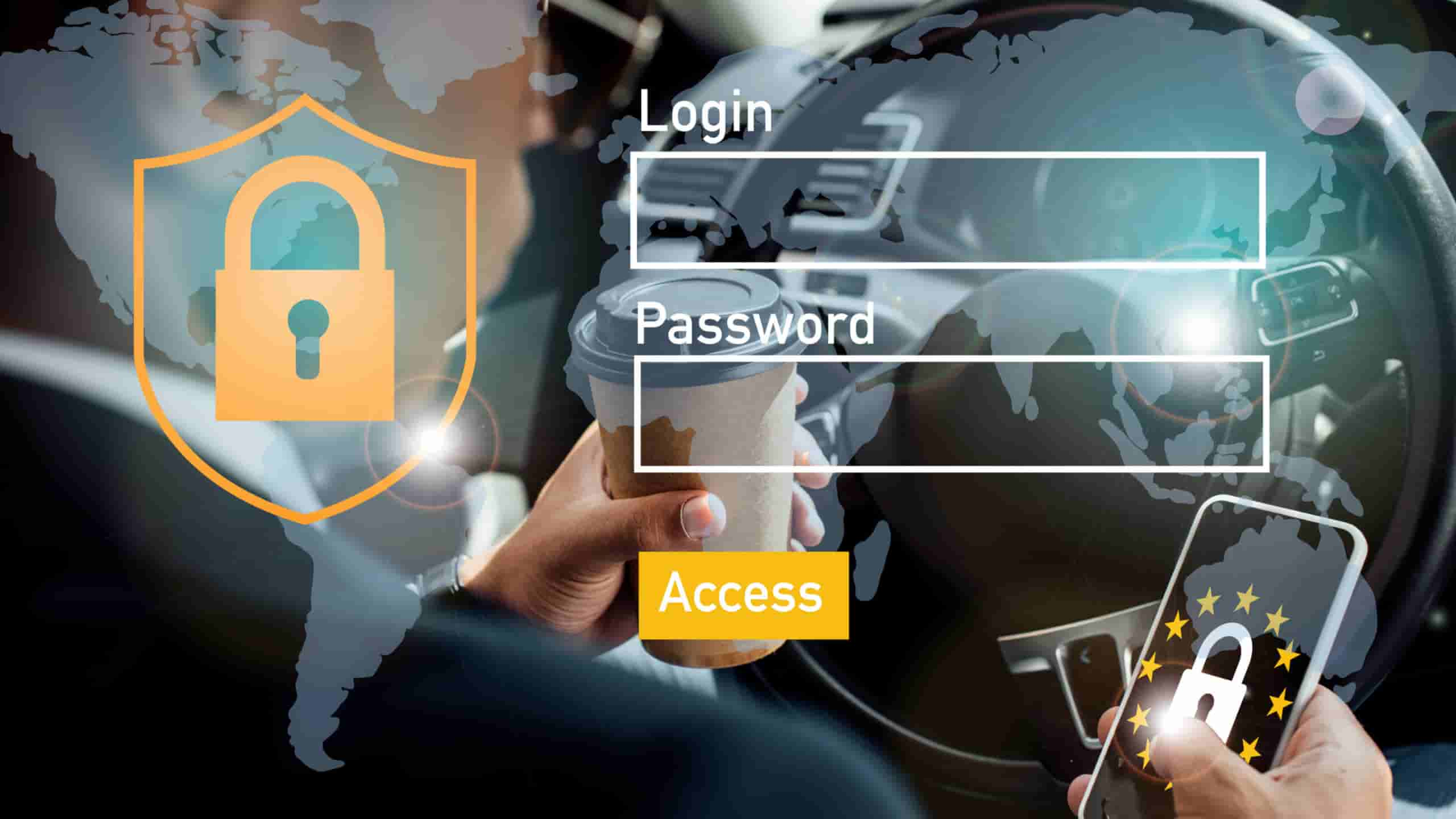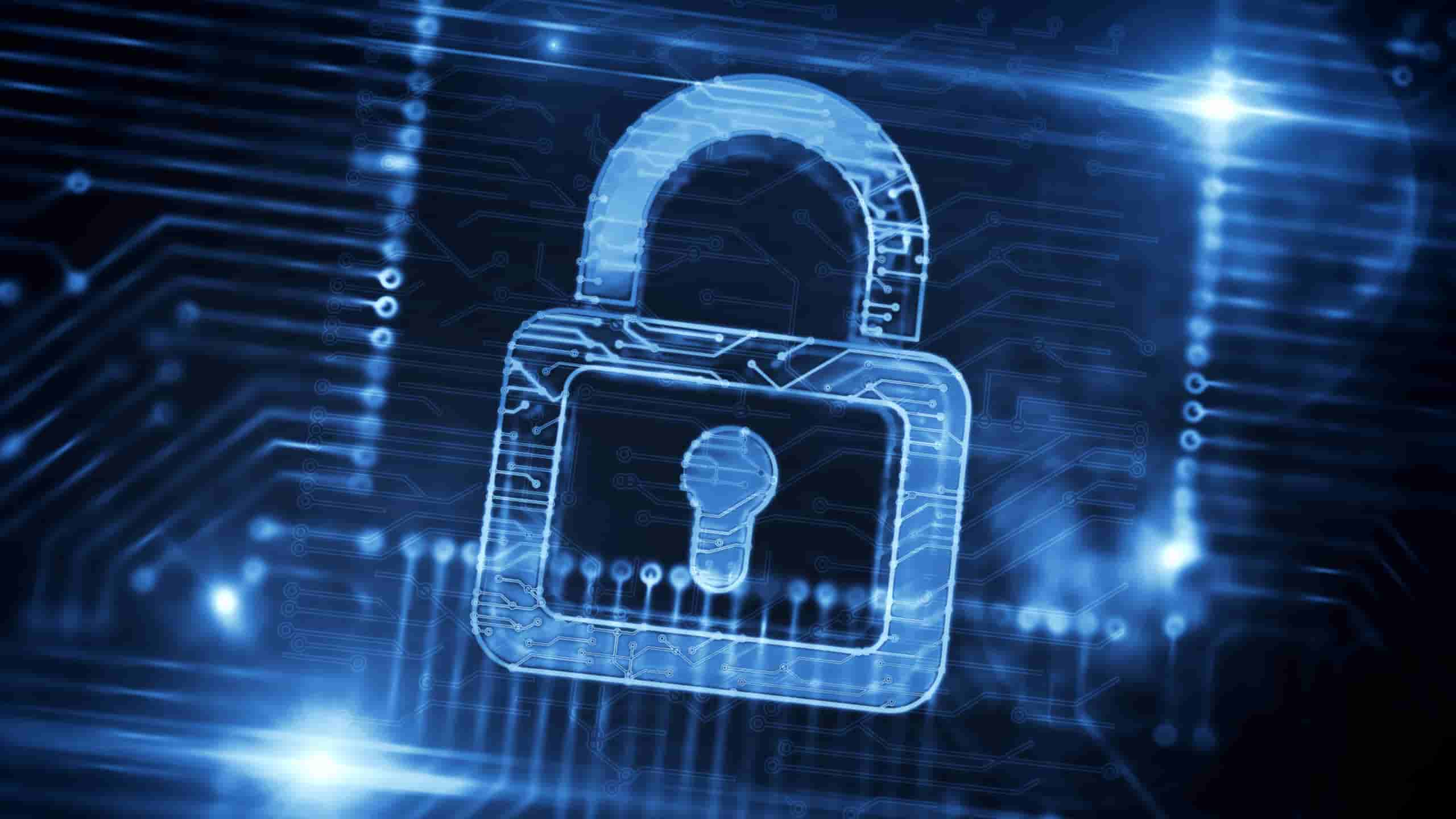

First and foremost, it is crucial to establish clear communication channels between the IT team and remote employees. This may include setting up a dedicated helpdesk system, utilizing instant messaging platforms, or scheduling regular virtual meetings to address any technical issues that may arise. In addition to communication, it is also important to provide remote workers with access to the necessary software and hardware tools they need to perform their job tasks efficiently. This may include providing VPN access, cloud storage solutions, or ensuring that remote employees have adequate internet connectivity.
This may involve implementing multi-factor authentication, encryption protocols, or regularly updating security patches on all devices used by remote workers. Finally, it is important to continuously evaluate and improve upon the remote IT support services provided to offsite workers. This may involve gathering feedback from employees on their experiences with the current system and making adjustments as needed to ensure that they have everything they need to be successful in their roles.
By prioritizing these key areas, organizations can ensure that their remote workforce remains productive and supported regardless of their physical location. How to implement security protocols in IT support systemsImplementing security protocols in IT support systems is a critical aspect of ensuring the safety and integrity of sensitive data and information. With cyber threats becoming increasingly sophisticated, it is more important than ever for organizations to have robust security measures in place to protect their systems from potential breaches.
There are several key steps that can be taken to implement security protocols in IT support systems effectively. Firstly, it is essential to conduct a thorough risk assessment to identify potential vulnerabilities and determine the level of security required for your organization. This will help you prioritize areas that need immediate attention and allocate resources accordingly. Once the risks have been identified, it is important to establish clear security policies and procedures that outline how employees should handle sensitive information and access company systems. Training programs should be implemented to ensure that all staff members are aware of these policies and understand their role in maintaining system security. In addition to training, implementing strong authentication measures such as multi-factor authentication can help prevent unauthorized access to your systems.
Regularly updating software and patching known vulnerabilities is also crucial in maintaining system security. Hackers often exploit outdated software to gain access to systems, so staying up-to-date with the latest security patches is essential for protecting your organization against potential threats. Furthermore, implementing encryption techniques such as SSL/TLS protocols can help secure data transmissions between servers and clients, preventing interception by malicious actors. Overall, implementing security protocols in IT support systems requires a comprehensive approach that involves assessing risks, establishing policies and procedures, providing training for staff members, implementing authentication measures, updating software regularly, and using encryption techniques. By taking these steps proactively, organizations can reduce the risk of cyber attacks and safeguard their valuable data effectively.
How to prioritize and manage multiple IT support requests efficientlyAs an IT professional, one of the biggest challenges you may face is managing multiple support requests efficiently. With a constant stream of tickets coming in from different departments and users, it can be overwhelming to prioritize and address each issue in a timely manner. To effectively manage multiple IT support requests, it is important to first establish a system for prioritizing tasks. This can be done by categorizing tickets based on urgency and impact on business operations. For example, critical issues that affect multiple users or systems should be addressed immediately, while minor issues that only impact individual users can be handled at a later time. Once you have established a prioritization system, it is crucial to communicate with your team members and set clear expectations for response times.
In addition to setting priorities and communicating effectively with your team, it is also important to leverage technology to streamline the support process. Implementing a ticketing system or help desk software can help you track incoming requests, assign tasks to team members, and monitor progress towards resolution. Furthermore, automation tools such as chatbots or self-service portals can help reduce the number of repetitive tasks and free up your team members to focus on more complex issues. By automating routine tasks such as password resets or software installations, you can increase efficiency and improve the overall customer experience. In conclusion, managing multiple IT support requests efficiently requires careful planning, effective communication, and the right technology tools.
Common IT support issues and how to troubleshoot themIT support issues are a common frustration that many of us encounter in our daily lives. Whether it’s a slow internet connection, a malfunctioning printer, or an error message on your computer screen, these issues can disrupt our workflow and cause unnecessary stress. One of the most common IT support issues is slow internet connection. If you’re experiencing slow speeds, try restarting your router and modem. This simple step can often resolve the issue by refreshing the connection.

You can also check for any obstructions that may be blocking the signal between your device and the router. Another frequent problem is a malfunctioning printer. If your printer is not working properly, start by checking the paper tray to ensure it’s loaded correctly. You should also check for any paper jams or low ink levels. If these basic troubleshooting steps don’t solve the issue, you may need to update the printer drivers or contact technical support for further assistance. Error messages on your computer screen can be frustrating and confusing.
This information can help you identify the root cause of the issue and find a solution online. In some cases, simply restarting your computer can clear up temporary glitches and resolve the error message. For more complex IT support issues, it’s always best to seek help from a professional technician. They have the expertise and tools needed to diagnose and fix more advanced problems with your devices and systems. Remember to provide as much detail as possible when describing the issue so they can quickly pinpoint the source of the problem.
By following these simple troubleshooting tips and seeking help when needed, you can quickly resolve common IT problems and get back to being productive in no time. The importance of cybersecurity in IT supportIn today's digital age, cybersecurity plays a crucial role in the world of IT support. With the increasing reliance on technology for everyday tasks and communication, the need to protect sensitive information from cyber threats has never been more important. Cybersecurity in IT support is essential for safeguarding data and ensuring that systems are secure from potential hackers and malicious software. In a world where cyber attacks are becoming more sophisticated and prevalent, having robust security measures in place is paramount for protecting valuable assets and maintaining trust with clients and customers.
A breach not only exposes sensitive information but also damages reputation and can lead to financial losses. By implementing strong cybersecurity measures, organizations can reduce the risk of falling victim to cyber attacks and protect their most valuable assets. Furthermore, cybersecurity in IT support is essential for ensuring compliance with regulations and industry standards. Many industries have strict guidelines regarding data protection and privacy, such as GDPR or HIPAA. Failing to comply with these regulations can result in severe penalties and legal consequences.
By prioritizing cybersecurity, organizations can demonstrate their commitment to protecting customer data and upholding industry standards. In addition to protecting against external threats, cybersecurity in IT support also plays a crucial role in detecting and mitigating internal risks. Insider threats pose a significant risk to organizations, as employees may inadvertently compromise security through negligence or intentional actions. By monitoring network activity and implementing access controls, businesses can minimize the risk of insider threats and protect against internal vulnerabilities. Overall, the importance of cybersecurity in IT support cannot be overstated.
As technology continues to advance, investing in cybersecurity will become increasingly critical for businesses seeking to stay ahead of evolving cyber threats. Tips for providing excellent customer service in IT supportCustomer service is a crucial aspect of any IT support role. It's not just about fixing technical issues; it's also about providing excellent service to the people who rely on our expertise. Here are some tips for ensuring that you deliver top-notch customer service in IT support.
Make sure to listen carefully to the customer's issue and ask clarifying questions if needed. Explain your troubleshooting process in simple terms so that they understand what you're doing to fix the problem. Keep them updated on your progress and let them know when you expect the issue to be resolved. Empathy is another important aspect of good customer service.
Show empathy by acknowledging their concerns and assuring them that you're there to help. Timeliness is also critical in IT support. Respond promptly to customer inquiries and prioritize urgent issues. Even if you can't solve the problem immediately, let the customer know that you're working on it and provide regular updates on your progress.

Professionalism is essential in all interactions with customers. Maintain a positive attitude, even when dealing with difficult or irate customers. Be respectful, courteous, and patient at all times. Finally, follow up with customers after resolving their issue to ensure that they are satisfied with the outcome.
By following these tips, you can provide excellent customer service in IT support that will leave a lasting impression on your customers. Remember, it's not just about fixing technical problems; it's about building trust and relationships with those who rely on your expertise. How to effectively manage and prioritize IT support ticketsManaging and prioritizing IT support tickets can be a challenging task, but with the right strategies in place, it can become much more manageable.
When issues arise, it is crucial to address them promptly and efficiently to minimize downtime and ensure that operations continue running smoothly. One of the key aspects of effectively managing IT support tickets is establishing a clear system for ticket prioritization. Not all issues are created equal, and some may have a greater impact on the overall functioning of the business than others.
Communication is also essential when it comes to managing support tickets. Keeping stakeholders informed about the status of their tickets can help set expectations and build trust within the organization. Providing regular updates on progress and estimated resolution times can help manage expectations and reduce frustration among users waiting for assistance.
Furthermore, having a well-defined process for ticket escalation can help ensure that high-priority issues are addressed promptly by senior members of the IT team. By assigning severity levels to different types of issues and specifying escalation paths, organizations can ensure that urgent matters receive immediate attention from experienced staff members. Automation tools can also play a significant role in streamlining ticket management processes. Implementing automated workflows for ticket triaging, assignment, and resolution can help reduce manual effort and improve response times. Additionally, analytics tools can provide valuable insights into common issues, trends, and areas for improvement within the IT support function. In conclusion, effective management and prioritization of IT support tickets require a combination of clear processes, communication strategies, escalation protocols, automation tools, and data analytics capabilities.
The role of remote desktop tools in IT supportRemote desktop tools play a crucial role in modern IT support, enabling technicians to assist users and resolve issues from a distance. These tools provide a convenient and efficient way for IT professionals to access remote computers, troubleshoot problems, install updates, and perform maintenance tasks without the need for physical presence. One of the key benefits of using remote desktop tools in IT support is the ability to save time and resources. Instead of having to travel to different locations or wait for users to bring their devices in for repair, technicians can simply connect remotely and address issues in real-time. This not only speeds up the resolution process but also minimizes downtime for end-users.

A VPN (Virtual Private Network) creates a secure connection over the internet, providing privacy and security by encrypting your data. It is useful for remote work and accessing restricted resources.
There are several types of IT support, including help desk support, desktop support, network support, and managed IT services.
To improve internet speed, try restarting your router, moving closer to the router, reducing the number of connected devices, or contacting your ISP for assistance.